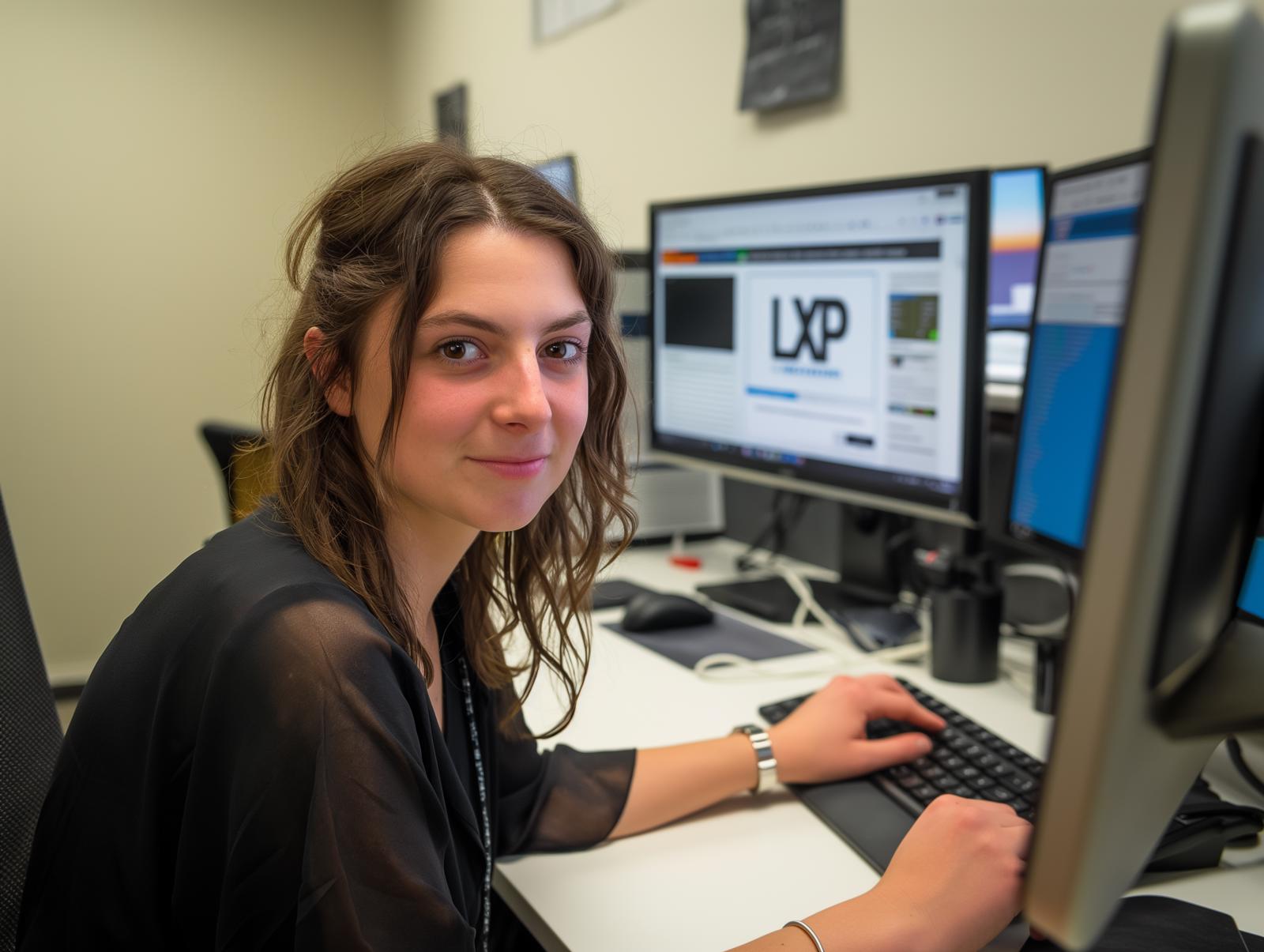In the rapidly evolving landscape of art and technology, the intersection of artificial intelligence (AI) and creative expression has opened up exciting new possibilities. AI-generated art has become a subject of fascination and debate, challenging traditional notions of authorship, creativity, and the role of technology in artistic endeavors. However, amidst this innovation, it's crucial to ensure that AI art spaces are accessible to all individuals, including those with disabilities. In this article, we'll explore the importance of accommodations for accessibility in AI art spaces and discuss some strategies for making these spaces more inclusive.
The Intersection of AI and Art
Artificial intelligence has revolutionized various industries, and the art world is no exception. AI algorithms are now capable of generating artworks ranging from paintings and sculptures to music compositions and poetry. These creations often blur the lines between human and machine creativity, raising profound questions about the nature of art and the role of the artist.
AI art spaces, including galleries, exhibitions, and online platforms, serve as venues for showcasing and experiencing these innovative artworks. However, while these spaces offer opportunities for engagement and exploration, they can also present barriers to accessibility for individuals with disabilities.
Challenges to Accessibility
Accessibility encompasses a broad range of considerations, including physical, sensory, and cognitive factors. In the context of AI art spaces, several challenges may hinder the participation of individuals with disabilities:
1. Physical Barriers: Physical spaces such as galleries and exhibition halls may have architectural barriers that limit access for individuals with mobility impairments. These barriers can include steps, narrow doorways, and inadequate seating arrangements.
2. Sensory Overload: AI art installations often incorporate multimedia elements such as sound, light, and interactive displays. While these features enhance the immersive experience for many visitors, they can be overwhelming for individuals with sensory sensitivities or neurodiversity conditions such as autism spectrum disorder.
3. Digital Accessibility: In the case of online AI art platforms, accessibility issues may arise in the form of inaccessible website designs, lack of compatibility with assistive technologies, and insufficient alternative formats for visual content.
Strategies for Inclusivity
Addressing these challenges requires a proactive approach to design and implementation. By prioritizing accessibility considerations, AI art spaces can create environments that are welcoming and inclusive for individuals of all abilities. Here are some strategies to consider:
1. Universal Design Principles: Incorporate universal design principles into the planning and development of AI art spaces. This approach involves designing products and environments that are usable by people with diverse characteristics and abilities, without the need for adaptation or specialized design.
2. Physical Accessibility: Ensure that physical spaces are accessible to individuals with mobility impairments by eliminating architectural barriers, providing ramps and elevators, and offering ample seating options for resting.
3. Sensory Considerations: Offer sensory-friendly experiences for visitors by providing quiet areas, controlling ambient noise and lighting levels, and offering sensory-friendly tools such as noise-canceling headphones or tactile maps.
4. Digital Accessibility: Ensure that online AI art platforms adhere to web accessibility standards, such as the Web Content Accessibility Guidelines (WCAG). This includes optimizing website navigation, providing alternative text for images, and ensuring compatibility with screen readers and other assistive technologies.
5. Inclusive Programming: Curate exhibitions and events that cater to diverse audiences, including individuals with disabilities. Consider offering audio descriptions, sign language interpretation, or braille materials to enhance the accessibility of guided tours and educational programs.
Conclusion
In the realm of AI art, accessibility should be regarded as a fundamental aspect of design and implementation. By prioritizing inclusivity and accommodation, AI art spaces can create enriching experiences that are accessible to individuals of all abilities. Whether in physical galleries or online platforms, fostering accessibility not only ensures equal participation but also promotes diversity, creativity, and innovation in the intersection of AI and art. As we continue to explore the boundaries of technology and creativity, let's ensure that everyone has the opportunity to engage with and contribute to this exciting landscape.
